Image of 1973 Buick Centurion, Note: These illustrations use artistic license and may differ from actual historical models.
Performance Metrics
Fundamental Metrics
Emotional Appeal
MMP Rating
| Engine Specifications | |
|---|---|
| Engine Options: | 350 cu in (5.7 L) V8, 455 cu in (7.5 L) V8 |
| Displacement Range: | 350-455 cu in |
| Horsepower Range: | 175-250 hp |
| Torque: | 275-375 lb-ft |
| Compression Ratio: | 8.5:1 |
| Ignition System: | Electronic Ignition System |
| Cooling System: | Liquid-cooled |
| Performance Specifications | |
| 0-60 Time: | 10-12 seconds |
| 1/4 Mile Time: | 17-19 seconds |
| Top Speed: | 115-120 mph |
| Transmission and Drive | |
| Drive Type: | Rear-wheel drive |
| Transmission Type: | 3-speed automatic |
| Fuel and Efficiency | |
| Fuel System Type: | Carburetor |
| MPG: | 10-12 mpg |
| Dimensions and Brakes | |
| Brakes: | Front disc, rear drum |
| Wheelbase: | 124 inches |
| Weight: | 4,200-4,500 lbs |
Note: Specifications for classic cars are given to the best of our ability, considering the limited and variant data available.
Unveiling the 1973 Buick Centurion
The year 1973 ushered in an era of automotive grandeur with the introduction of the Buick Centurion, a name that evoked images of strength and nobility. Born from the esteemed lineage of Buick, a marque synonymous with luxury and innovation, the Centurion was a testament to American automotive craftsmanship. This full-sized automobile stood as a beacon of prestige during an epoch characterized by muscle cars and the looming oil crisis. A notable moment in its history was its role as the pace car for the Indianapolis 500 in 1971, setting a stage for its '73 model to ride on waves of acclaim.
Design and Innovation
The 1973 Buick Centurion's exterior styling was a harmonious blend of elegance and muscle. Its long hood, sweeping lines, and distinctive boat-tail rear end were hallmarks of its design. The interior was a sanctuary of comfort, adorned with plush seating and woodgrain accents that spoke volumes about the quality of materials used. Technologically, it featured advancements like Max Trac, an early traction control system designed to prevent wheel spin during acceleration. Color options ranged from subtle to bold, with hues like "Burnt Coral" and "Sunburst Yellow" capturing the spirit of the era. Among body styles, the convertible proved iconic, offering a blend of luxury and open-air freedom that resonated with the carefree culture of the '70s.
Historical Significance
The Centurion's impact on automotive design was subtle yet significant. It helped bridge the gap between performance-oriented muscle cars and luxury cruisers. Its unique blend of style, power, and comfort set it apart from contemporaries like the Chevrolet Impala or Ford Galaxie 500, carving out a niche that would influence future generations of personal luxury cars.
Performance and Handling
Underneath its sculpted hood lay a powerful V8 engine capable of propelling this majestic beast to impressive speeds for its size. With top speeds in excess of 120 mph and acceleration from 0-60 mph in under 9 seconds, it was no slouch on the highway. The Centurion handled bumps with grace thanks to its sizeable wheelbase and soft suspension setup. Driving one was an auditory delight; the rumble of its V8 was music to any gearhead's ears while providing a smooth ride that made long journeys feel effortless.
Ownership Experience
The 1973 Buick Centurion served various roles from being a daily driver to gracing car shows as a cherished classic. Its reliability was commendable for its time, though contemporary owners should be mindful that maintenance can be challenging due to parts scarcity. Nonetheless, for those willing to undertake its upkeep, it offers an ownership experience filled with nostalgia and pride.
Fun Facts
The Centurion nameplate may have been short-lived (only from 1971-1973), but it left an indelible mark on Buick's history. While not known for setting speed records, it did set standards for comfort and style in full-sized American cars. Criticisms often centered around its fuel consumption—a common trait among vehicles of its class during that period.
Collector's Information
Today, collectors find themselves drawn to the '73 Centurion for its rarity and representation of an era. Production numbers were not astronomical, which adds to its appeal among enthusiasts. Values can vary widely based on condition and provenance; however, well-maintained convertibles can fetch upwards of $20,000-$30,000 in today's market. As interest in '70s automobiles grows, so too does appreciation for models like the Centurion.
Conclusion
The 1973 Buick Centurion stands as a monument to an era when size equaled status and power came in cubic inches. It encapsulates a moment in time when automotive design balanced on the fulcrum between performance and luxury—a car that is as much about cruising comfortably down memory lane as it is about making a statement on today's roads.
1973 Buick Centurion Catalog of Parts
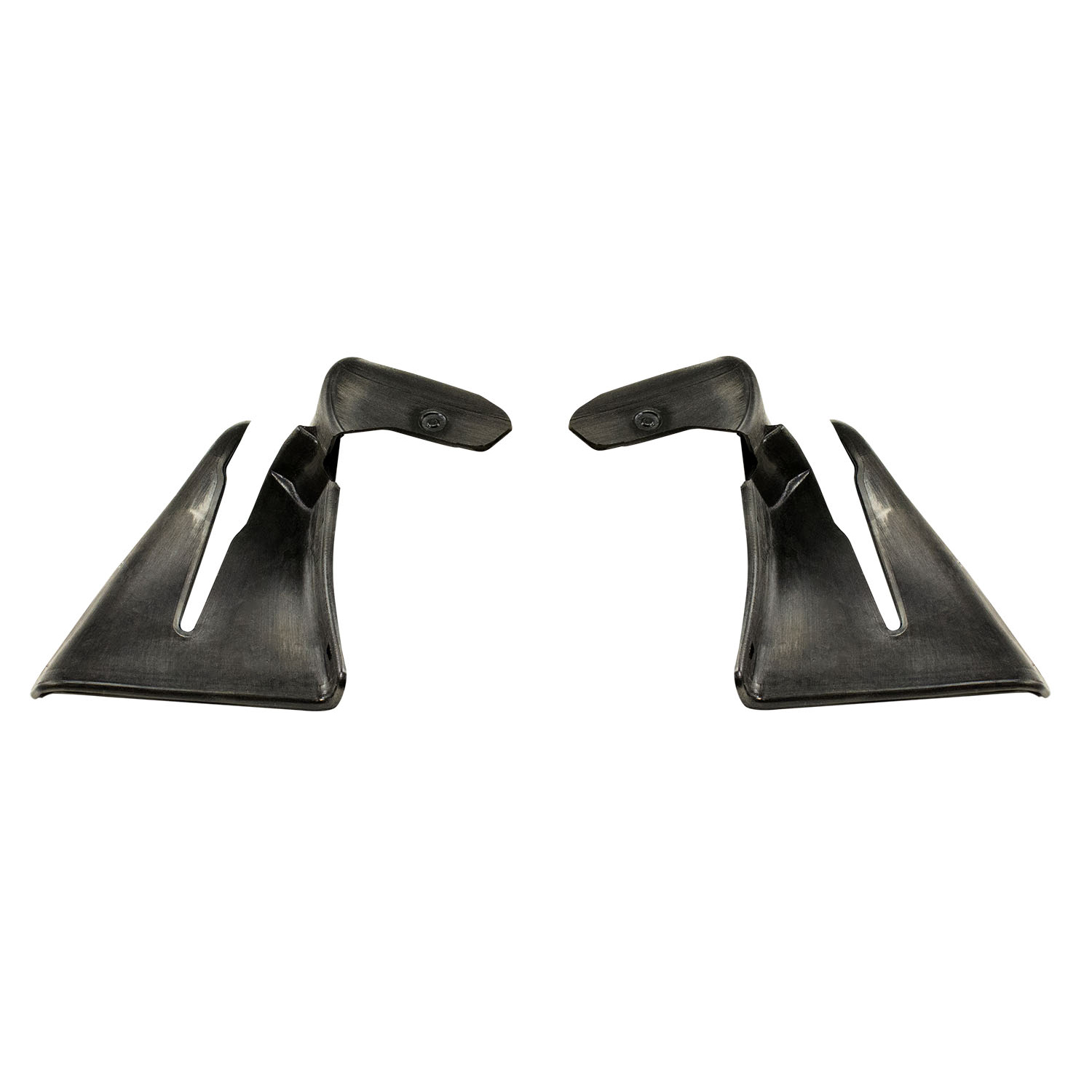 1973 Buick Centurion RE-ISSUE. Door lock-pillar seal-ALP 5055RE-ISSUE. Door lock-pillar seal. Fits '71-'73 GM B-, C- and E-body 2-door hardtop, coupe and convertible (including Cadillac). This part has been completely re-designed from scratch with new cores and new molds. Replaces OEM#'s 9640451/2. Pair. R&L.
1973 Buick Centurion RE-ISSUE. Door lock-pillar seal-ALP 5055RE-ISSUE. Door lock-pillar seal. Fits '71-'73 GM B-, C- and E-body 2-door hardtop, coupe and convertible (including Cadillac). This part has been completely re-designed from scratch with new cores and new molds. Replaces OEM#'s 9640451/2. Pair. R&L. 1973 Buick Centurion Shock Absorber Grommet. 1" bottom O.D., 3/4" high-BN 1Shock Absorber Grommet. 1" bottom O.D., 3/4" high., with 7/16" I.D. Each
1973 Buick Centurion Shock Absorber Grommet. 1" bottom O.D., 3/4" high-BN 1Shock Absorber Grommet. 1" bottom O.D., 3/4" high., with 7/16" I.D. Each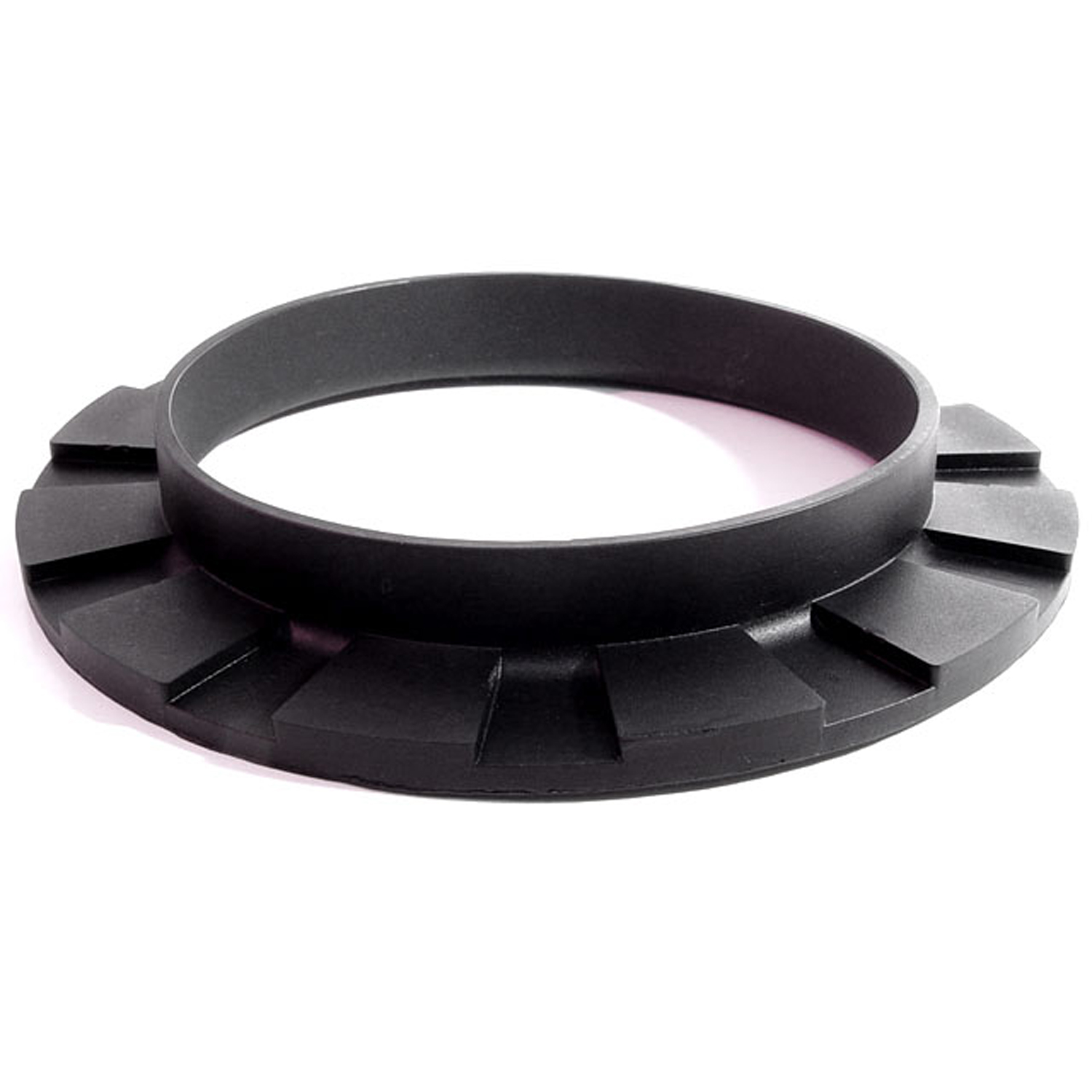 1973 Buick Centurion Front coil-spring insulator-BN 110Front coil-spring insulator. Fits '41-'60 Oldsmobile and '50-'83 GM passenger models. 5-3/8 in. OD x 3-3/4 in. ID x 3/4 in. high with 13/16 in. wide bottom flange 1/4" thick, 12 flutes. Each.
1973 Buick Centurion Front coil-spring insulator-BN 110Front coil-spring insulator. Fits '41-'60 Oldsmobile and '50-'83 GM passenger models. 5-3/8 in. OD x 3-3/4 in. ID x 3/4 in. high with 13/16 in. wide bottom flange 1/4" thick, 12 flutes. Each.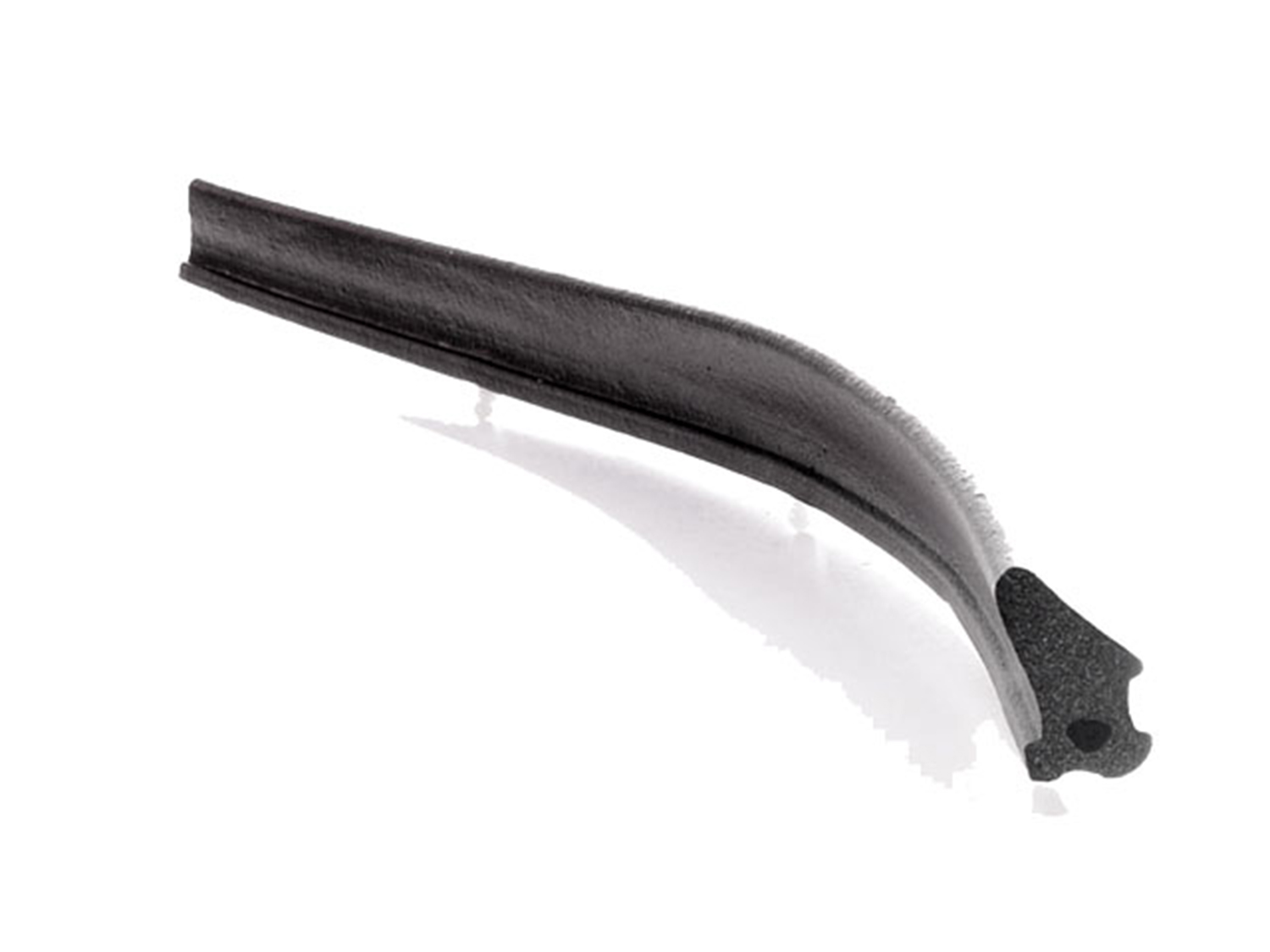 1973 Buick Centurion Door Side Seal-C/LP 40-KDoor Side Seal. Made of smooth skin sponge extrusion, with clips installed. (For seal without clips, see LP 40-K) Sold by the foot.
1973 Buick Centurion Door Side Seal-C/LP 40-KDoor Side Seal. Made of smooth skin sponge extrusion, with clips installed. (For seal without clips, see LP 40-K) Sold by the foot.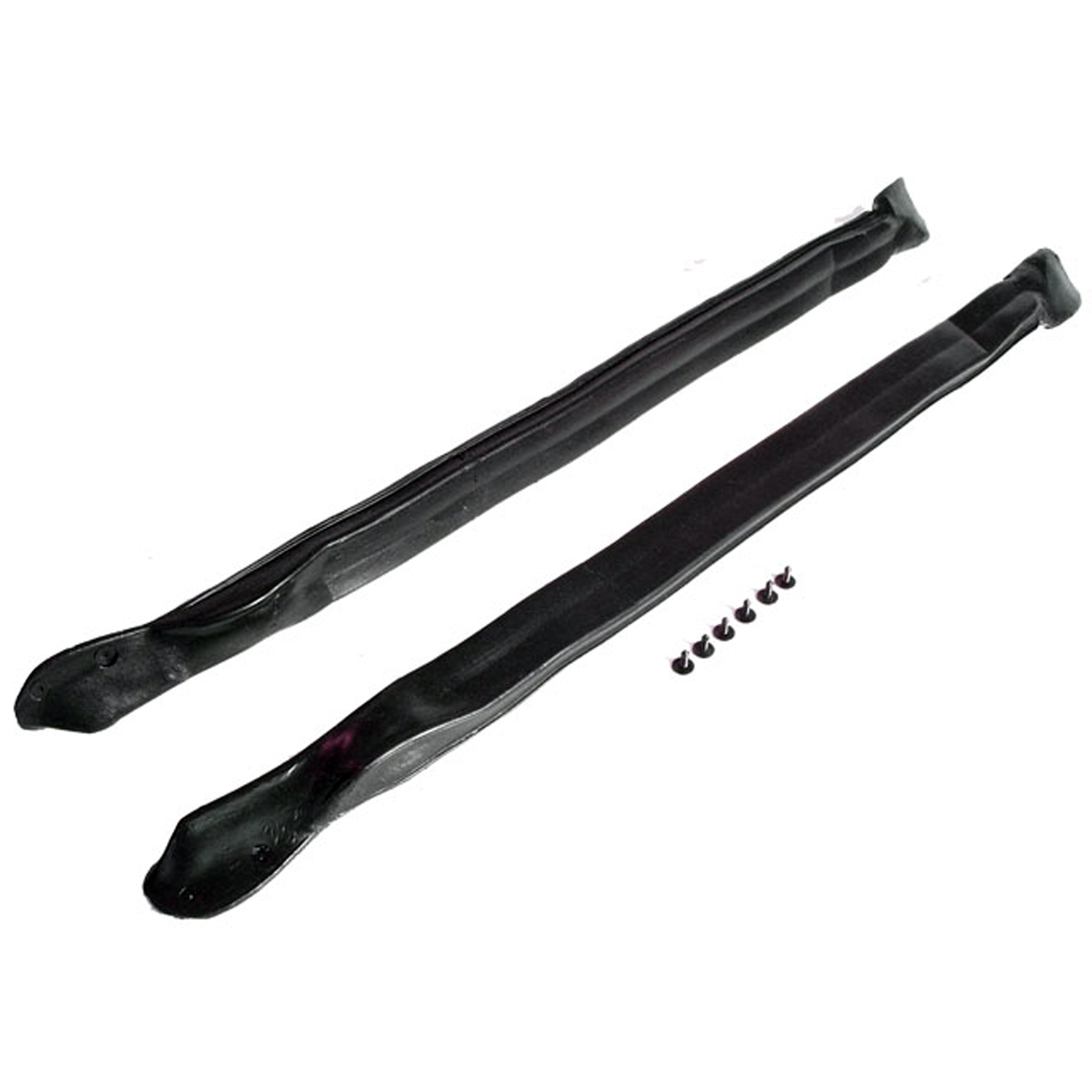 1973 Buick Centurion Windshield Pillar Post Seals for Convertibles. 26" long-CZ 8130Windshield Pillar Post Seals for Convertibles. 26" long. Pair
1973 Buick Centurion Windshield Pillar Post Seals for Convertibles. 26" long-CZ 8130Windshield Pillar Post Seals for Convertibles. 26" long. Pair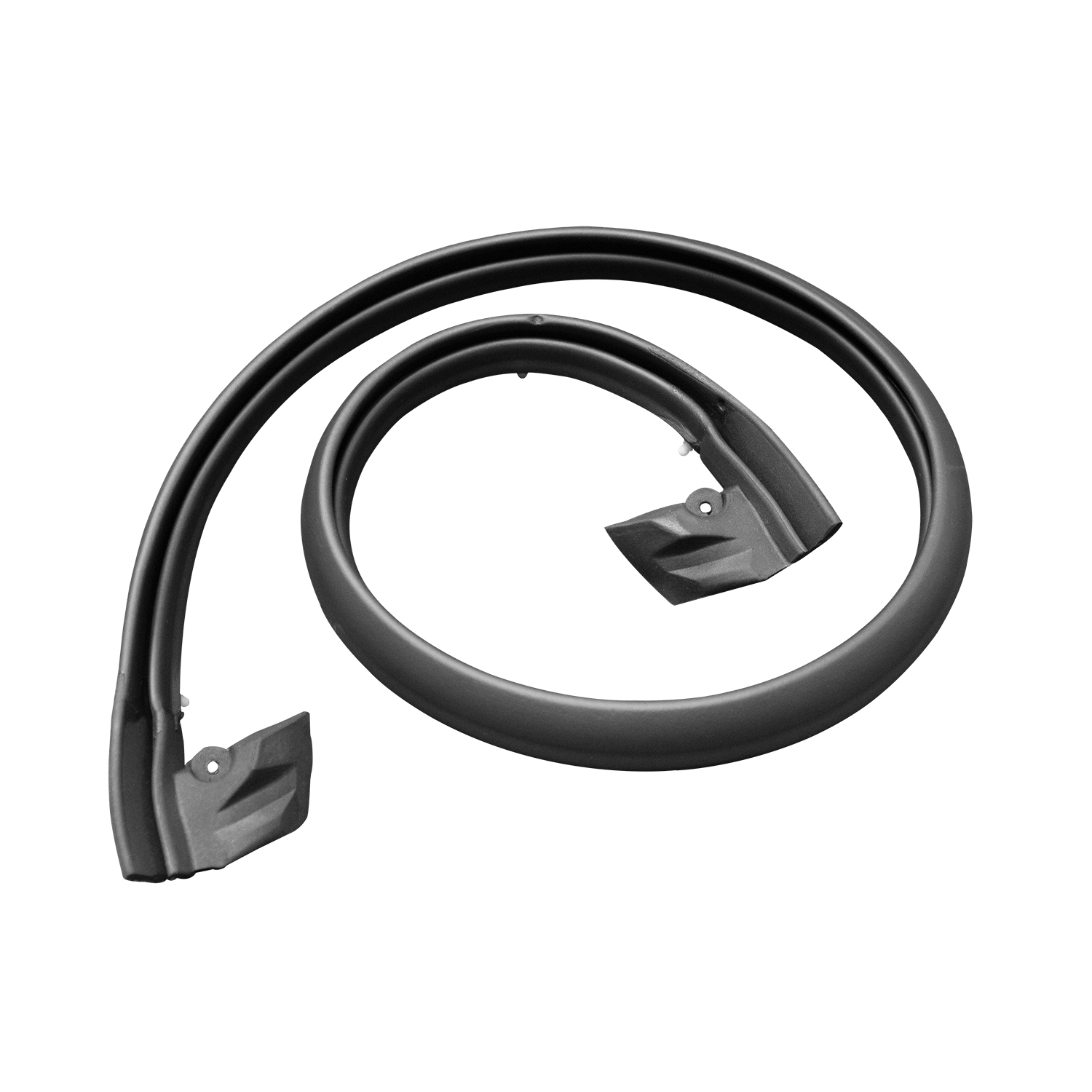 1973 Buick Centurion REISSUE. Header seal-HD 732REISSUE. Header seal. Fits '71-'75 GM B-body and '71-'76 GM E-body convertibles. Molded from all-new 2015 retooled molds for improved fit and function.
1973 Buick Centurion REISSUE. Header seal-HD 732REISSUE. Header seal. Fits '71-'75 GM B-body and '71-'76 GM E-body convertibles. Molded from all-new 2015 retooled molds for improved fit and function. 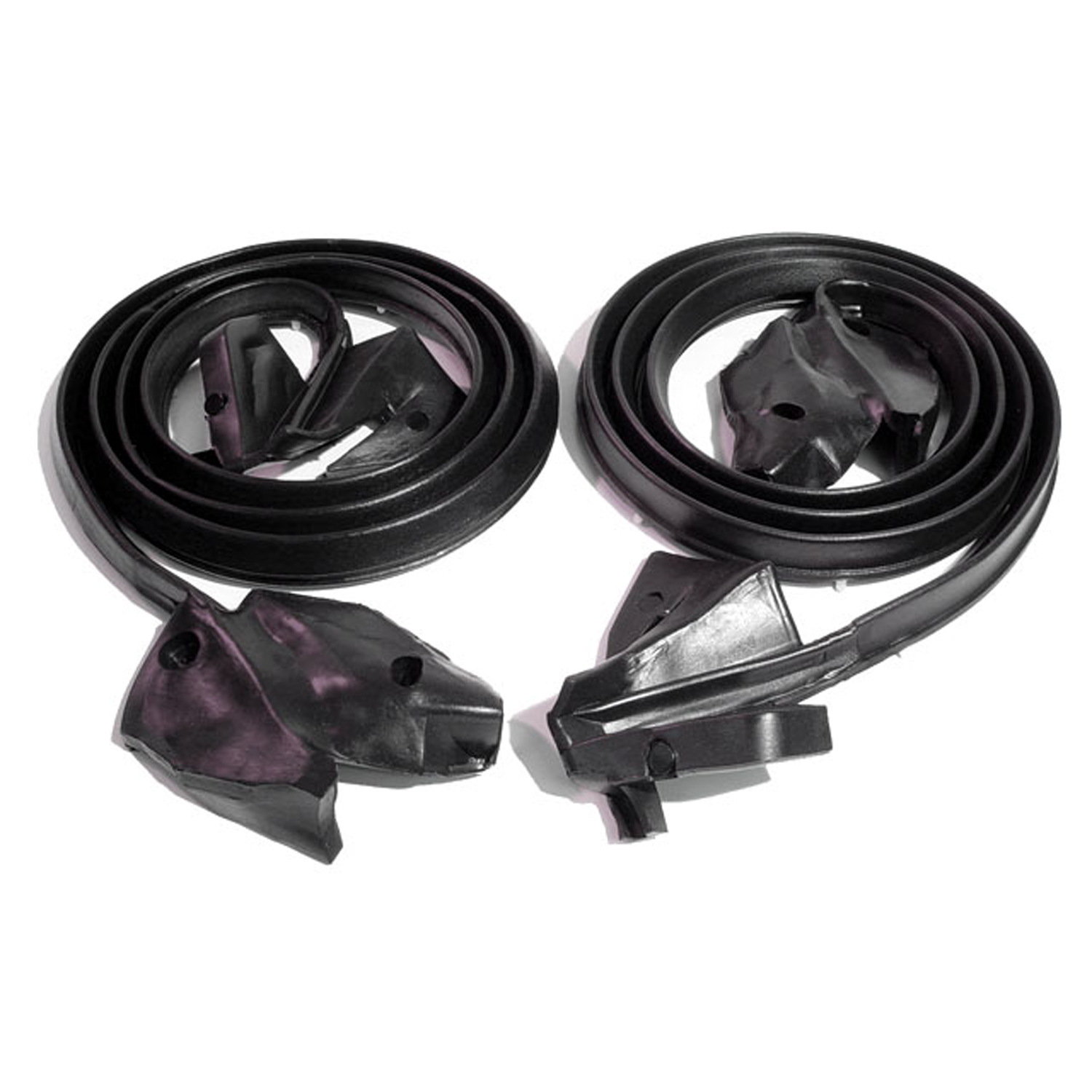 1973 Buick Centurion Molded Door Seals. For 2-door hardtops and convertibles-LM 12-HMolded Door Seals. For 2-door hardtops and convertibles. Replaces OEM #9824514/5. Pair R&L
1973 Buick Centurion Molded Door Seals. For 2-door hardtops and convertibles-LM 12-HMolded Door Seals. For 2-door hardtops and convertibles. Replaces OEM #9824514/5. Pair R&L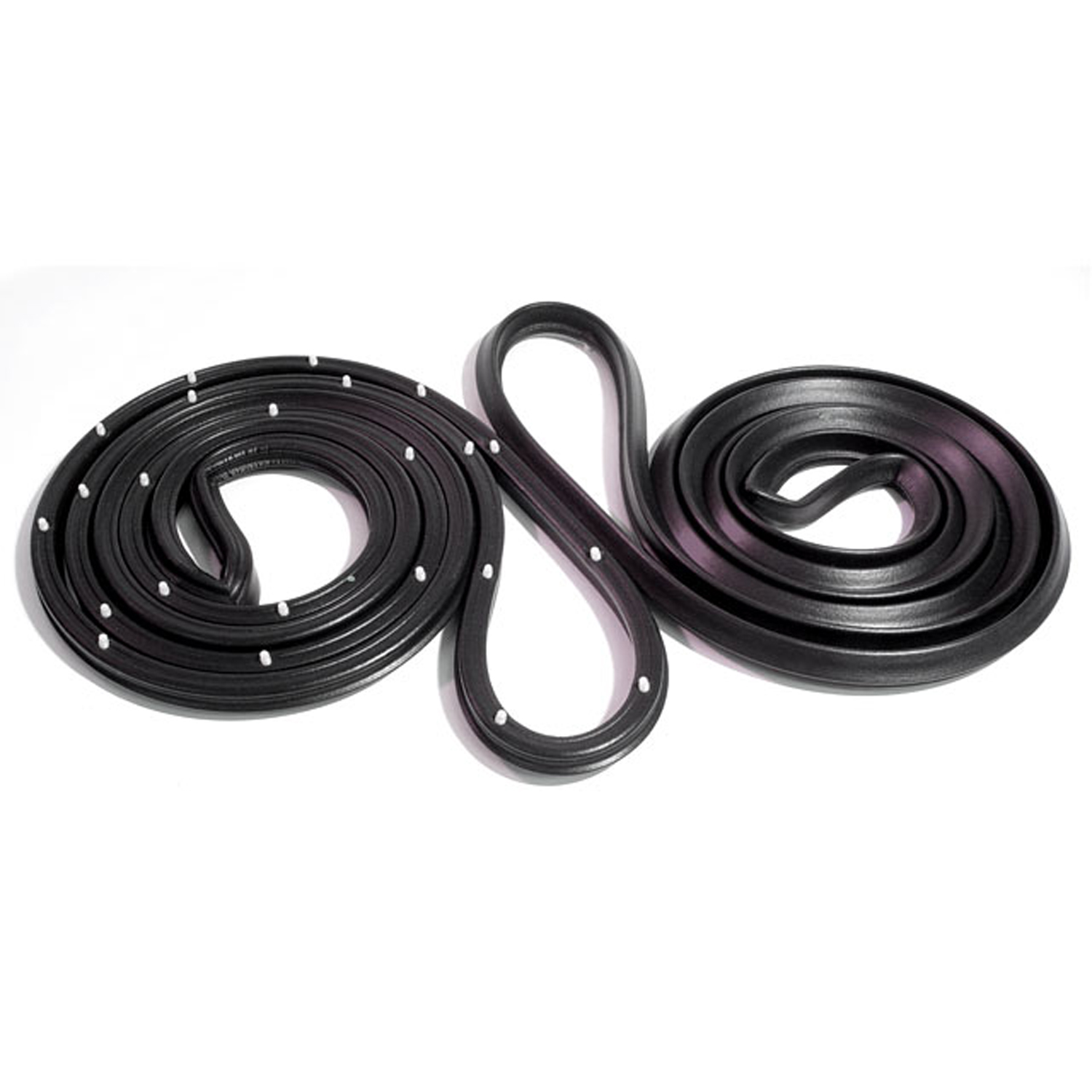 1973 Buick Centurion Front Molded Door Seals-LM 16-GFront Molded Door Seals. For 4-door sedan and wagon, with RWD. Each is 138-1/2" long. Pair R&L
1973 Buick Centurion Front Molded Door Seals-LM 16-GFront Molded Door Seals. For 4-door sedan and wagon, with RWD. Each is 138-1/2" long. Pair R&L 1973 Buick Centurion Rear Molded Door Seals. For 4-door sedan only, with RWD-LM 16-G/RRear Molded Door Seals. For 4-door sedan only, with RWD. Each is 123-1/4" long. Pair R&L
1973 Buick Centurion Rear Molded Door Seals. For 4-door sedan only, with RWD-LM 16-G/RRear Molded Door Seals. For 4-door sedan only, with RWD. Each is 123-1/4" long. Pair R&L 1973 Buick Centurion Trunk Liner. Loose weave-M 23Trunk Liner. Loose weave. Black with scattered white threads. 54" wide. Sold by the foot
1973 Buick Centurion Trunk Liner. Loose weave-M 23Trunk Liner. Loose weave. Black with scattered white threads. 54" wide. Sold by the foot 1973 Buick Centurion Basic kit-RKB 2003-115Basic kit. '73-'76 GM A-body Colonade, Formal, and Sport Coupe (Body Style 57 only). Includes Buick Century Luxus Colonade Coupe, Buick Centurion Sport Coupe, Buick Regal Formal Coupe, Buick LeSabre Sport Coupe and Custom Sport Coupe. Oldsmobile Cutlass Supreme and Supreme Salon Coupes. Doors (LM 12-Y), roof-rails (RR 5019-G), and trunk (TK 46-E/16) seals. 5-piece kit.
1973 Buick Centurion Basic kit-RKB 2003-115Basic kit. '73-'76 GM A-body Colonade, Formal, and Sport Coupe (Body Style 57 only). Includes Buick Century Luxus Colonade Coupe, Buick Centurion Sport Coupe, Buick Regal Formal Coupe, Buick LeSabre Sport Coupe and Custom Sport Coupe. Oldsmobile Cutlass Supreme and Supreme Salon Coupes. Doors (LM 12-Y), roof-rails (RR 5019-G), and trunk (TK 46-E/16) seals. 5-piece kit.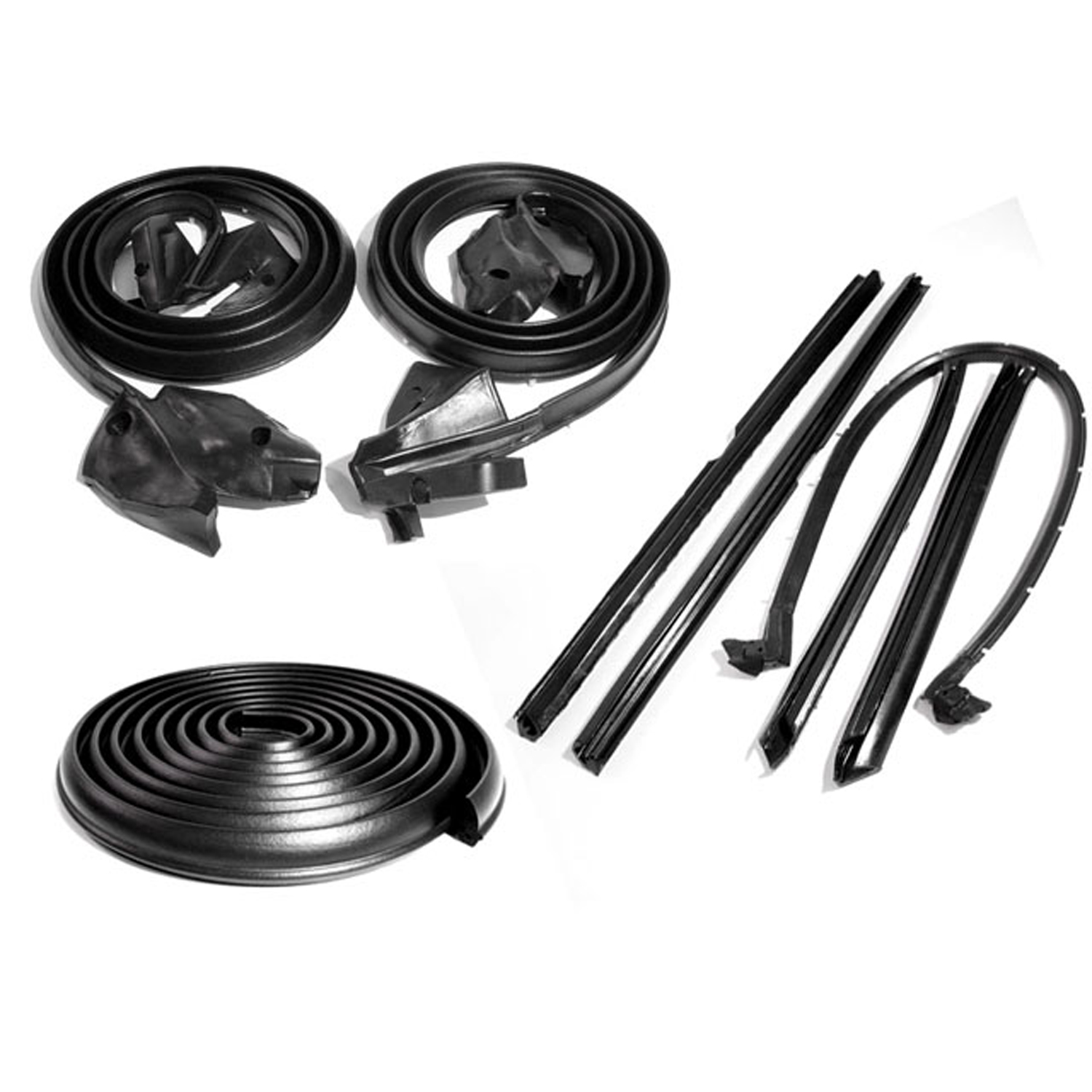 1973 Buick Centurion Basic Kit, for Convertibles-RKB 2007-115Basic Kit, for Convertibles. Door (LM 12-H) Roof Rail (RR 1814) Trunk (TK 46-E/18), Seals.
1973 Buick Centurion Basic Kit, for Convertibles-RKB 2007-115Basic Kit, for Convertibles. Door (LM 12-H) Roof Rail (RR 1814) Trunk (TK 46-E/18), Seals.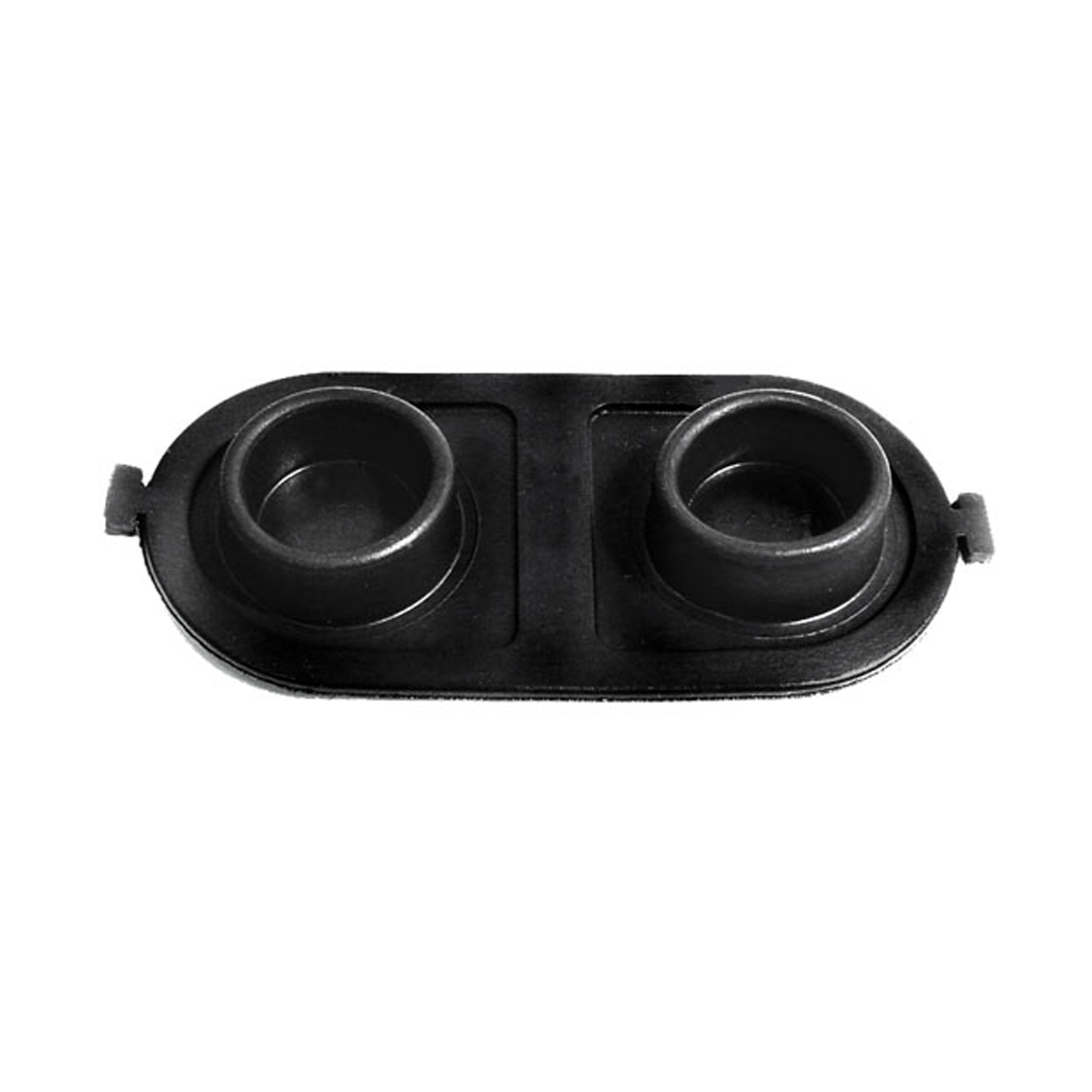 1973 Buick Centurion Brake Master Cylinder Cover Seal. Replaces OEM #5470861-RP 2-EBrake Master Cylinder Cover Seal. Replaces OEM #5470861. 5" X 2-1/2". Each
1973 Buick Centurion Brake Master Cylinder Cover Seal. Replaces OEM #5470861-RP 2-EBrake Master Cylinder Cover Seal. Replaces OEM #5470861. 5" X 2-1/2". Each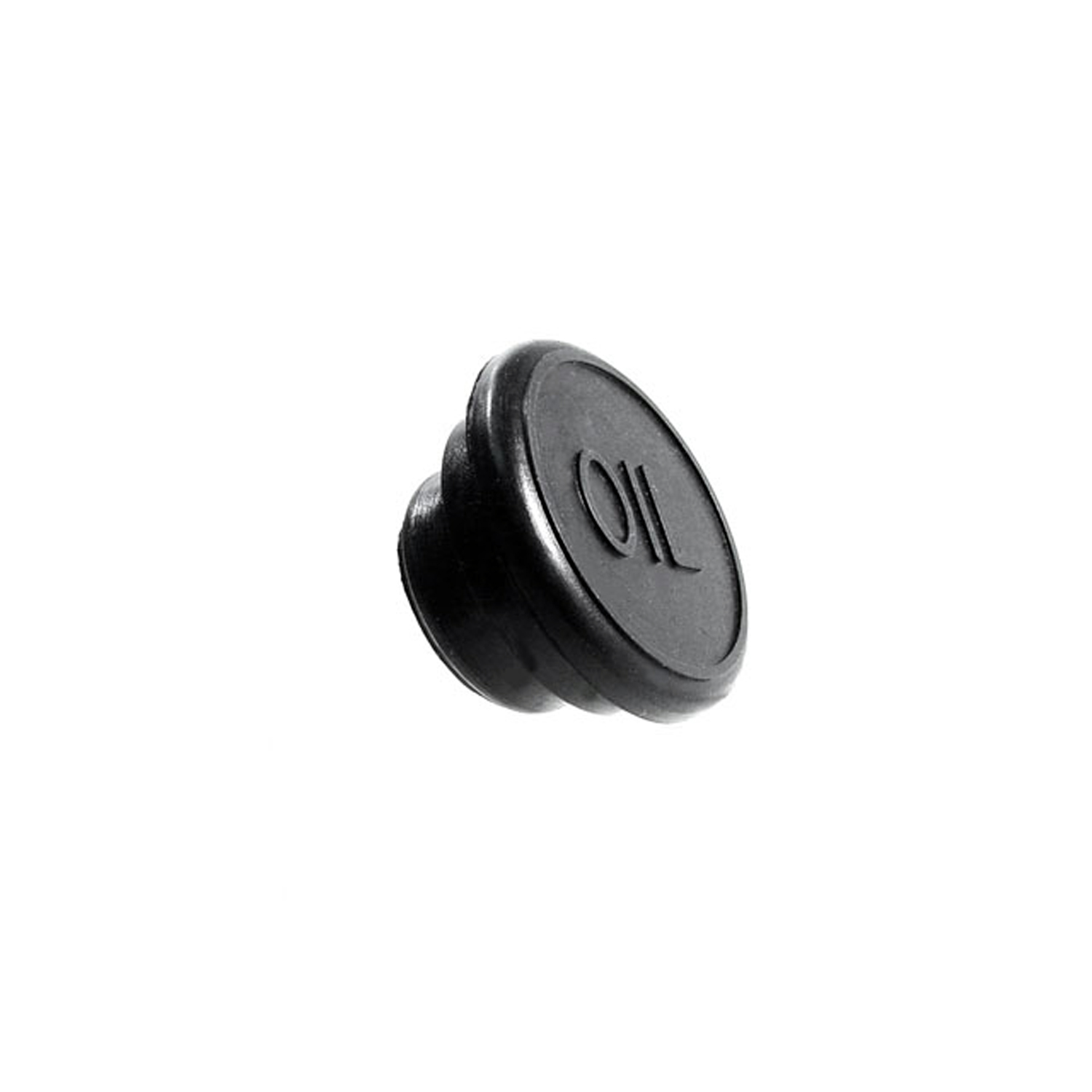 1973 Buick Centurion Oil Filler Hole Cap. Made of rubber-RP 8Oil Filler Hole Cap. Made of rubber. Fits a 1-3/16" to 1-1/4" hole. Each
1973 Buick Centurion Oil Filler Hole Cap. Made of rubber-RP 8Oil Filler Hole Cap. Made of rubber. Fits a 1-3/16" to 1-1/4" hole. Each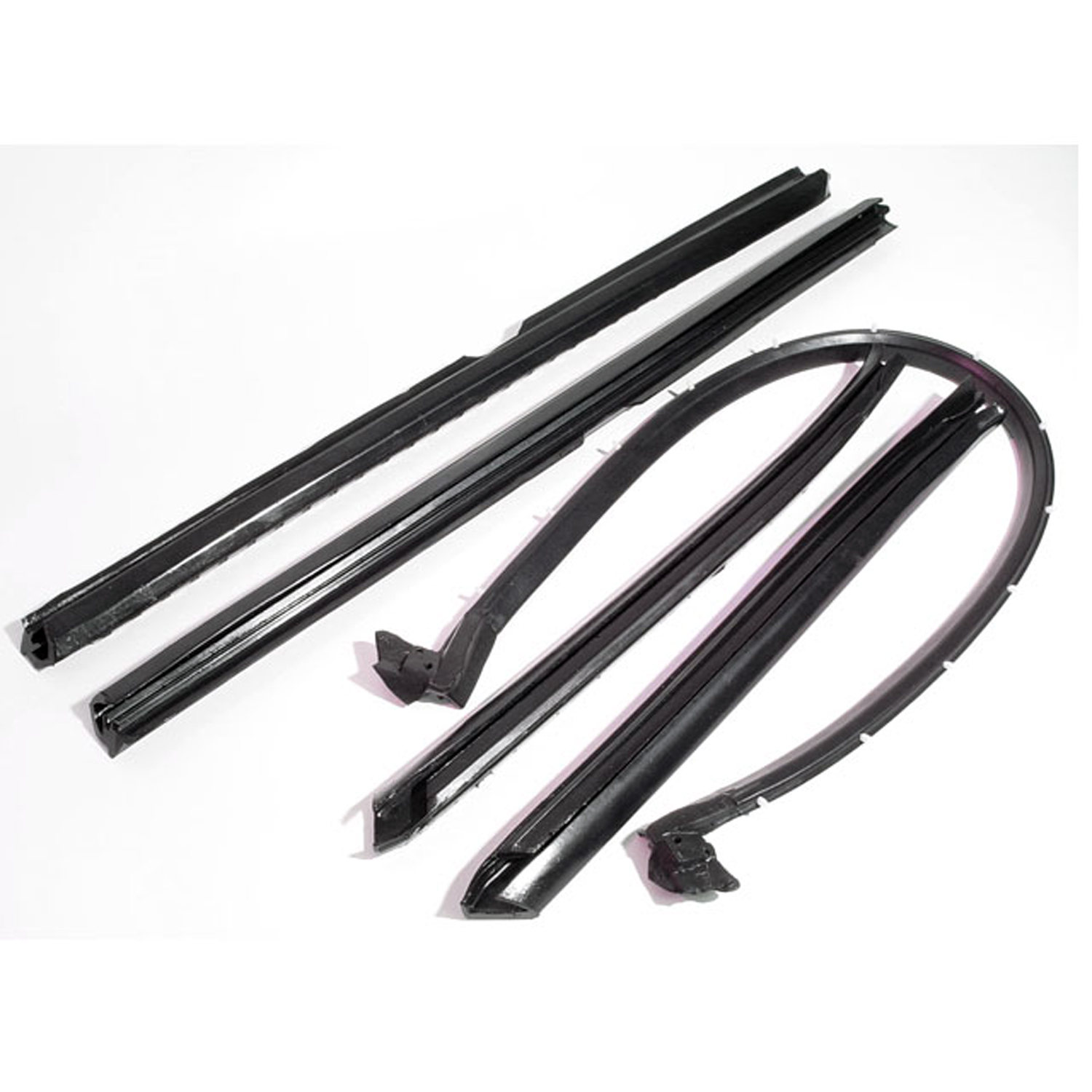 1973 Buick Centurion Convertible Top Roof Rail Kit-RR 1814Convertible Top Roof Rail Kit. 5-Piece set includes all right and left side top rail seals and the windshield top header seal.
1973 Buick Centurion Convertible Top Roof Rail Kit-RR 1814Convertible Top Roof Rail Kit. 5-Piece set includes all right and left side top rail seals and the windshield top header seal.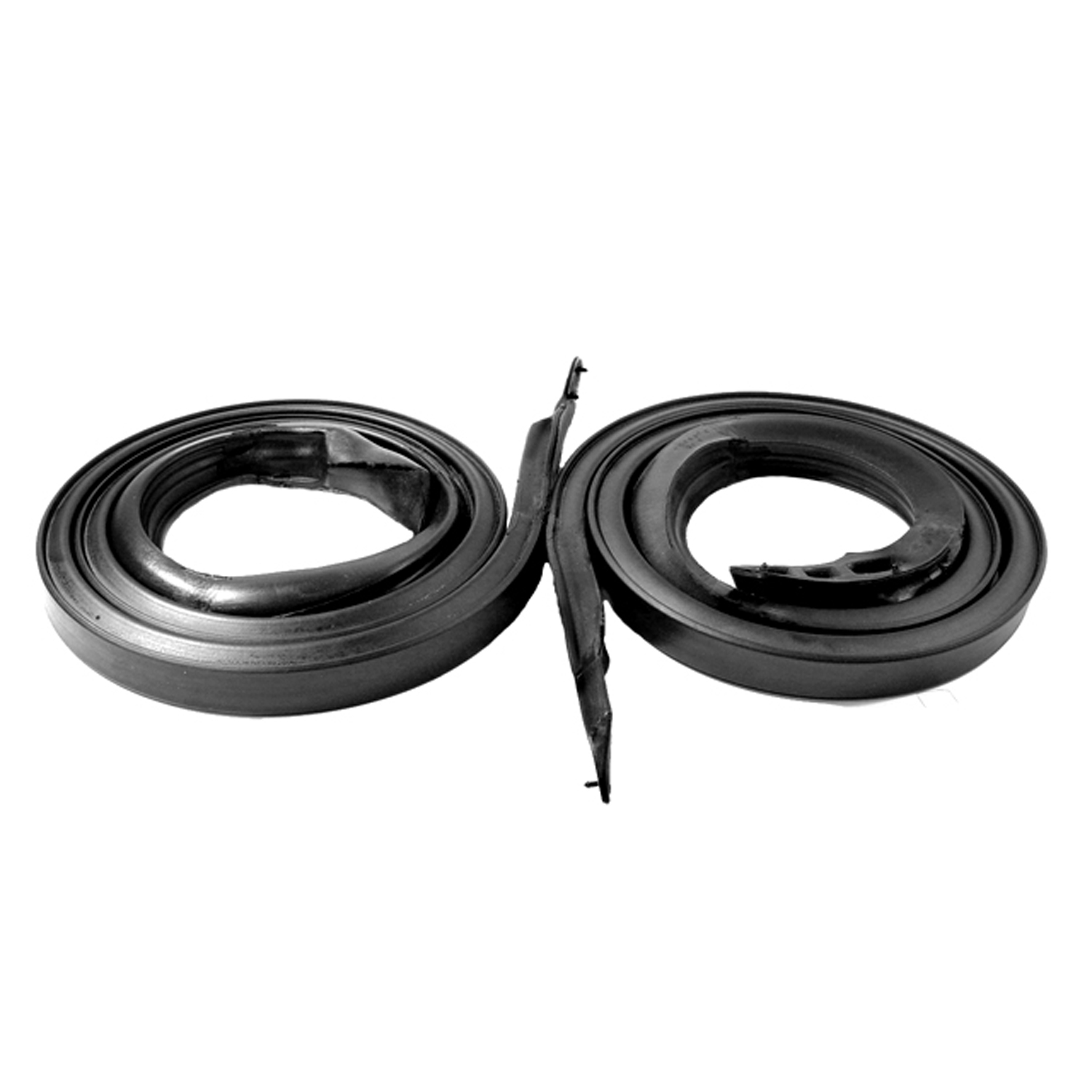 1973 Buick Centurion Molded Roof Rail Seals for 4-Door Hardtop. Pair-RR 5007-EMolded Roof Rail Seals for 4-Door Hardtop. Pair
1973 Buick Centurion Molded Roof Rail Seals for 4-Door Hardtop. Pair-RR 5007-EMolded Roof Rail Seals for 4-Door Hardtop. Pair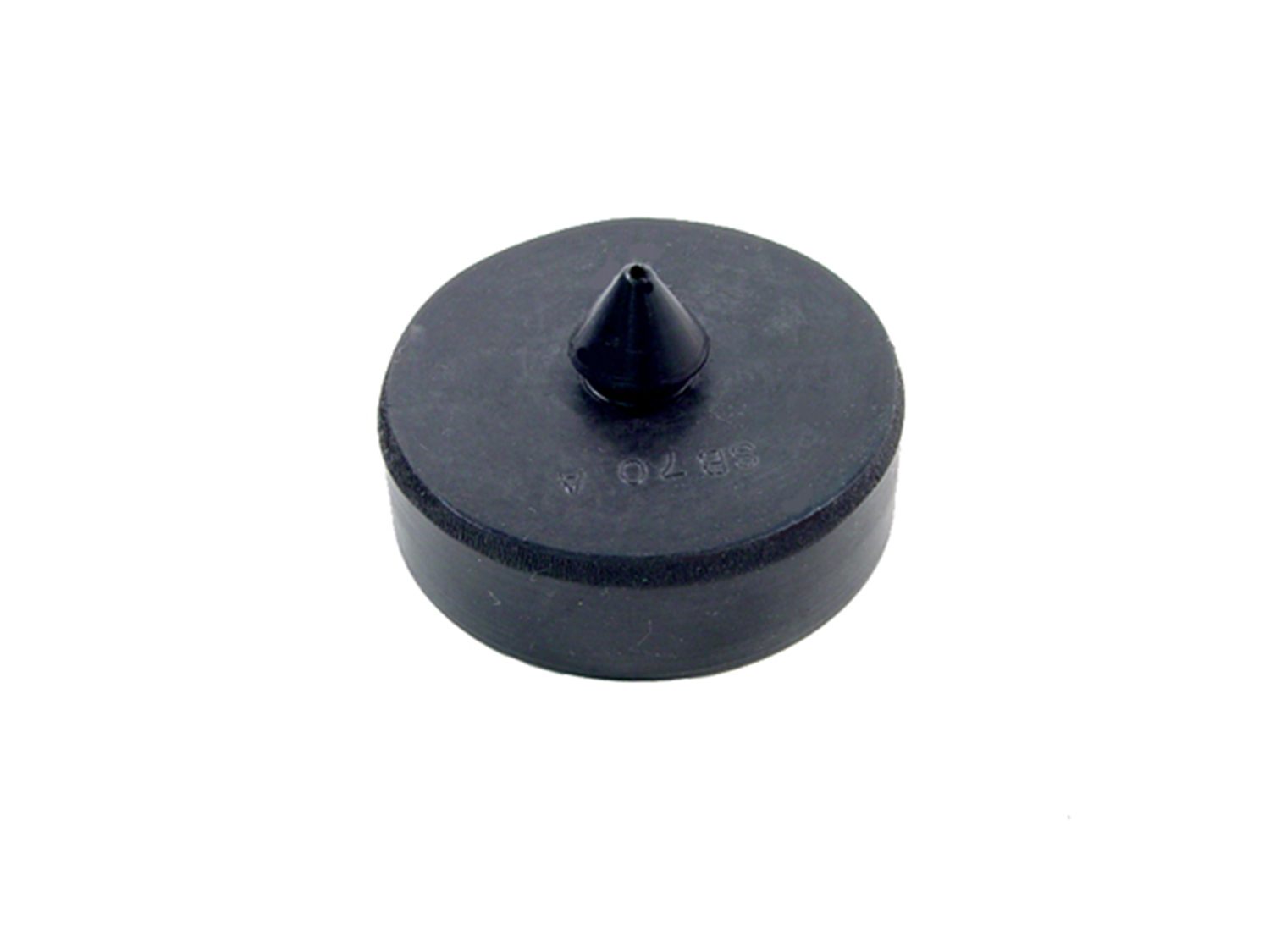 1973 Buick Centurion Front door window stop bumper. ’70-’81 GM passenger cars-SB 70-AFront door window stop bumper. '70-'81 GM passenger cars. Dense rubber. Replaces OEM# 9810036. Each.
1973 Buick Centurion Front door window stop bumper. ’70-’81 GM passenger cars-SB 70-AFront door window stop bumper. '70-'81 GM passenger cars. Dense rubber. Replaces OEM# 9810036. Each.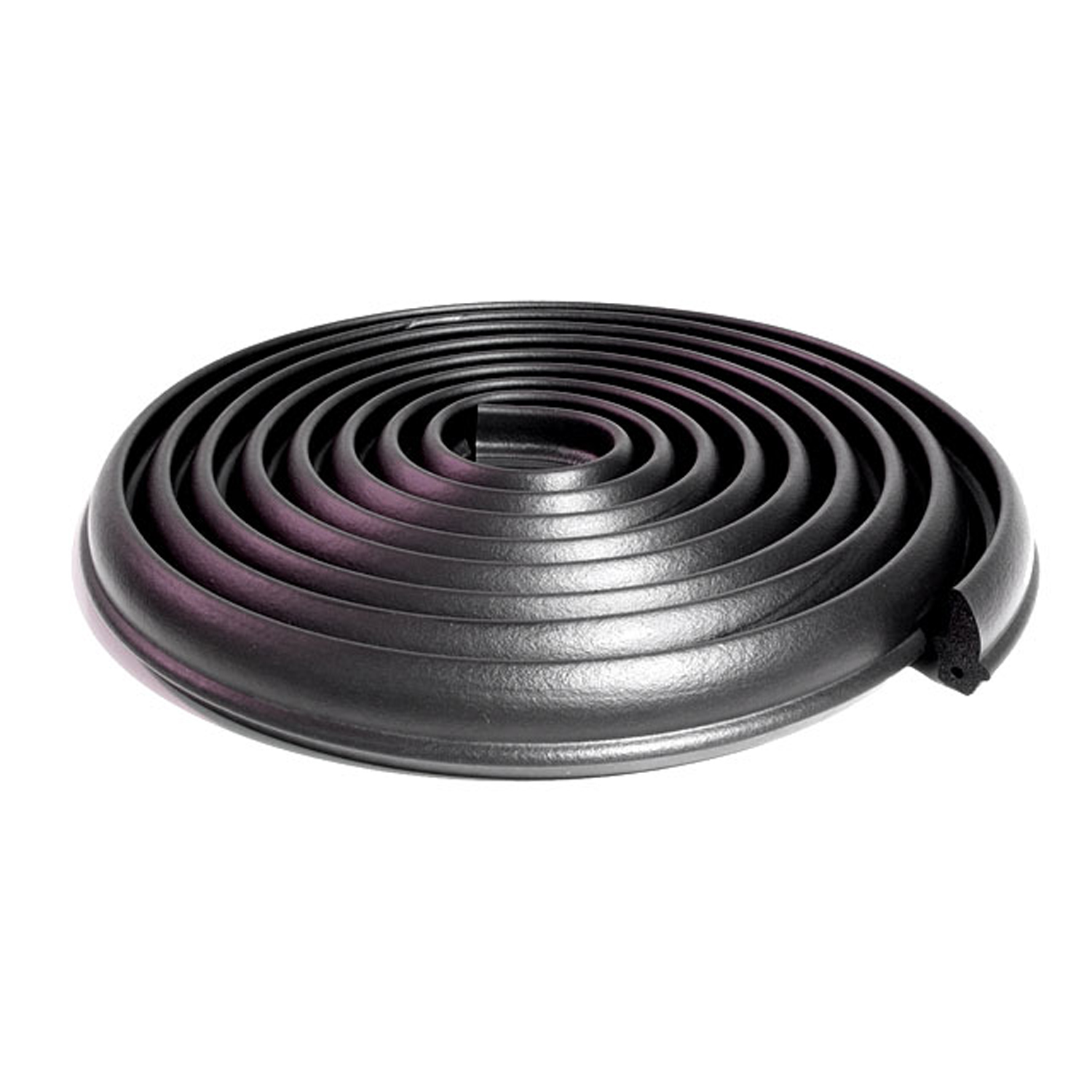 1973 Buick Centurion Trunk Seal. Each-TK 46-E/18Trunk Seal. Each
1973 Buick Centurion Trunk Seal. Each-TK 46-E/18Trunk Seal. Each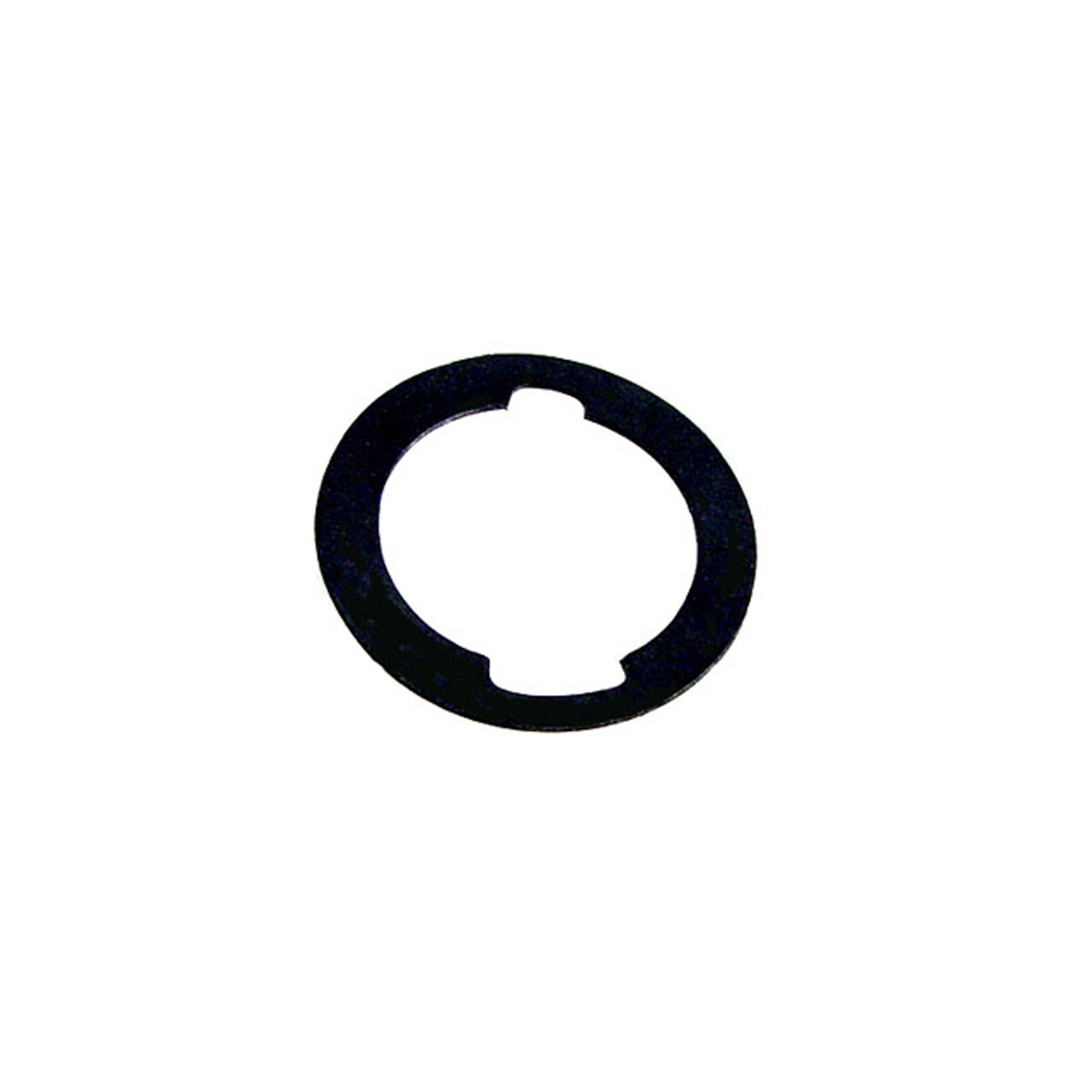 1973 Buick Centurion Unbeaded Door and Trunk Lock Gasket. 1-3/16" O.D., 7/8" I.D-UM 1600-100Unbeaded Door and Trunk Lock Gasket. 1-3/16" O.D., 7/8" I.D. Each
1973 Buick Centurion Unbeaded Door and Trunk Lock Gasket. 1-3/16" O.D., 7/8" I.D-UM 1600-100Unbeaded Door and Trunk Lock Gasket. 1-3/16" O.D., 7/8" I.D. Each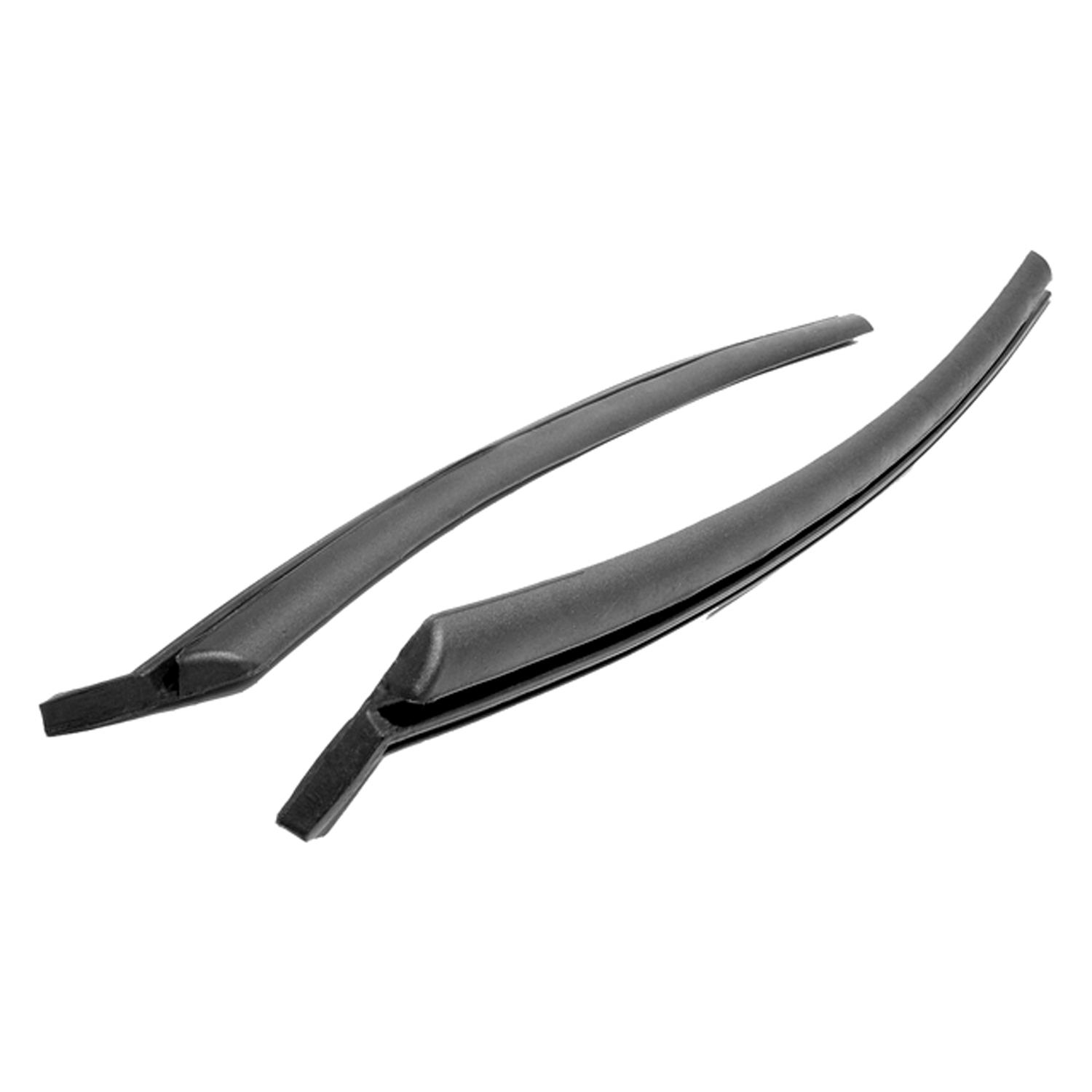 1973 Buick Centurion Rear Roll-Up Quarter Window Seals, made with steel core-VS 3-NRear Roll-Up Quarter Window Seals, made with steel core. For 2-Door Hardtops and Convertibles. 18" Long. Pair
1973 Buick Centurion Rear Roll-Up Quarter Window Seals, made with steel core-VS 3-NRear Roll-Up Quarter Window Seals, made with steel core. For 2-Door Hardtops and Convertibles. 18" Long. Pair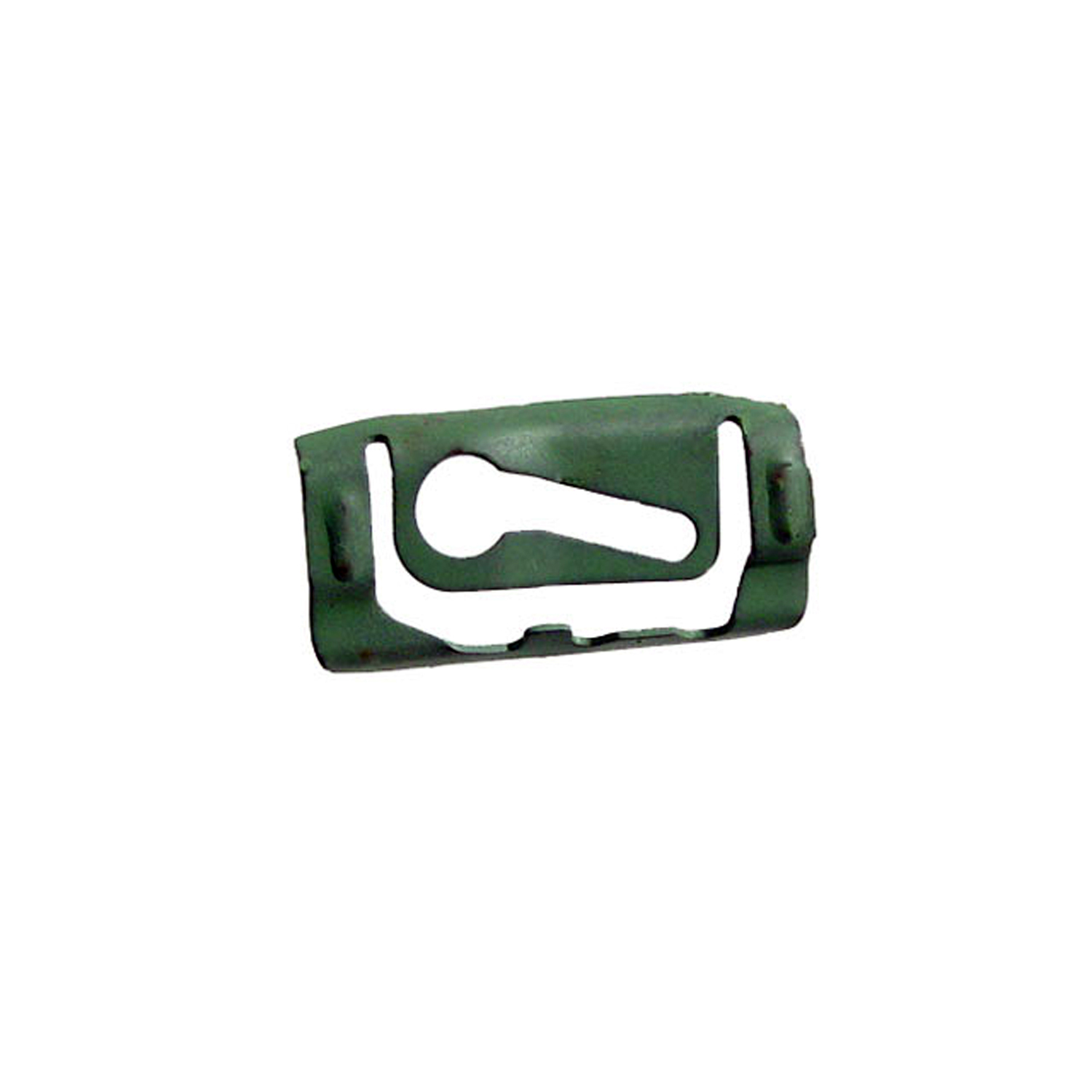 1973 Buick Centurion Quarter Window Reveal Molding Clip. Made of Steel-WF 205Quarter Window Reveal Molding Clip. Made of Steel. 1-3/8" X 11/16". Each
1973 Buick Centurion Quarter Window Reveal Molding Clip. Made of Steel-WF 205Quarter Window Reveal Molding Clip. Made of Steel. 1-3/8" X 11/16". Each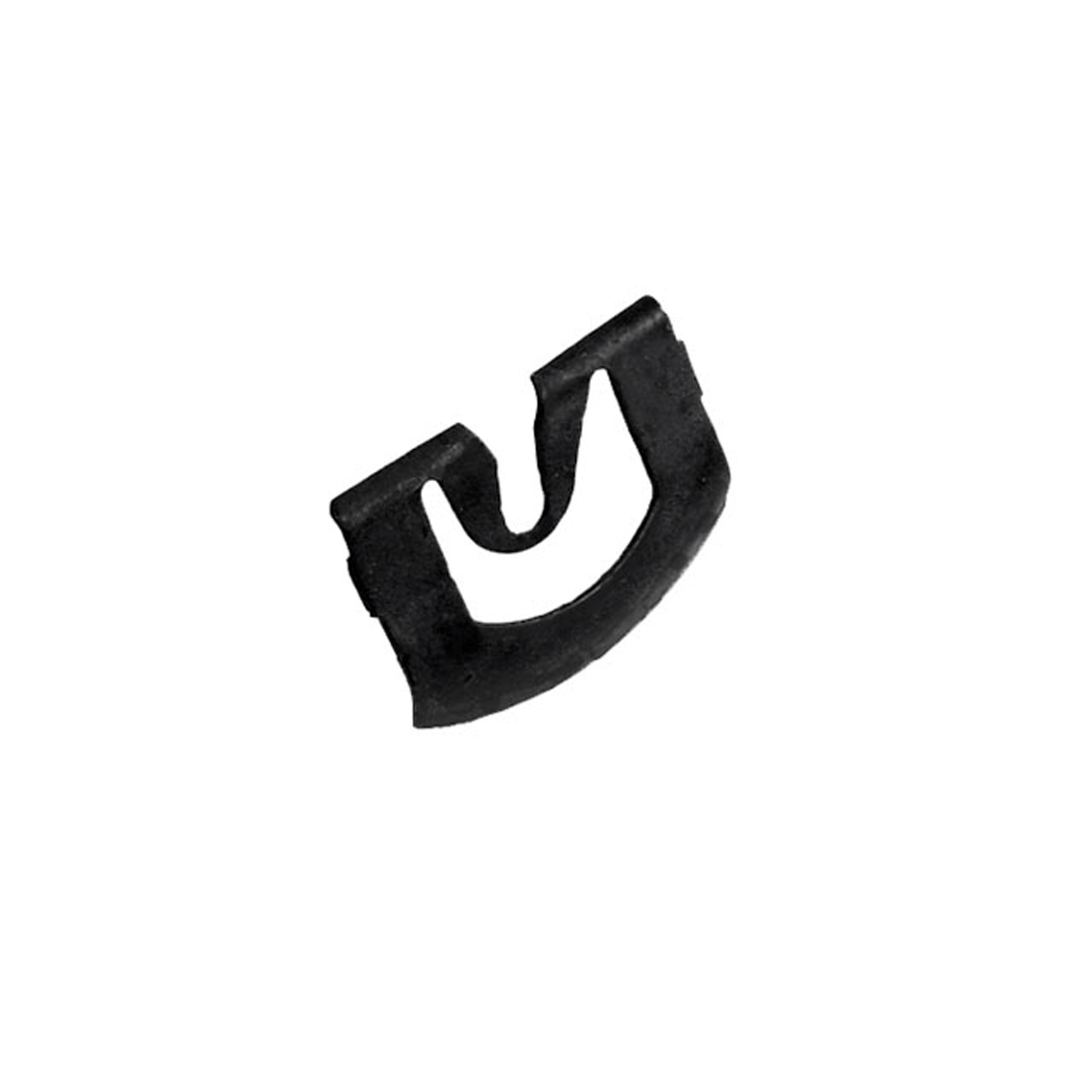 1973 Buick Centurion Windshield Reveal Molding Clip. Made of steel. 13/16" x 1"-WF 209Windshield Reveal Molding Clip. Made of steel. 13/16" x 1". Each
1973 Buick Centurion Windshield Reveal Molding Clip. Made of steel. 13/16" x 1"-WF 209Windshield Reveal Molding Clip. Made of steel. 13/16" x 1". Each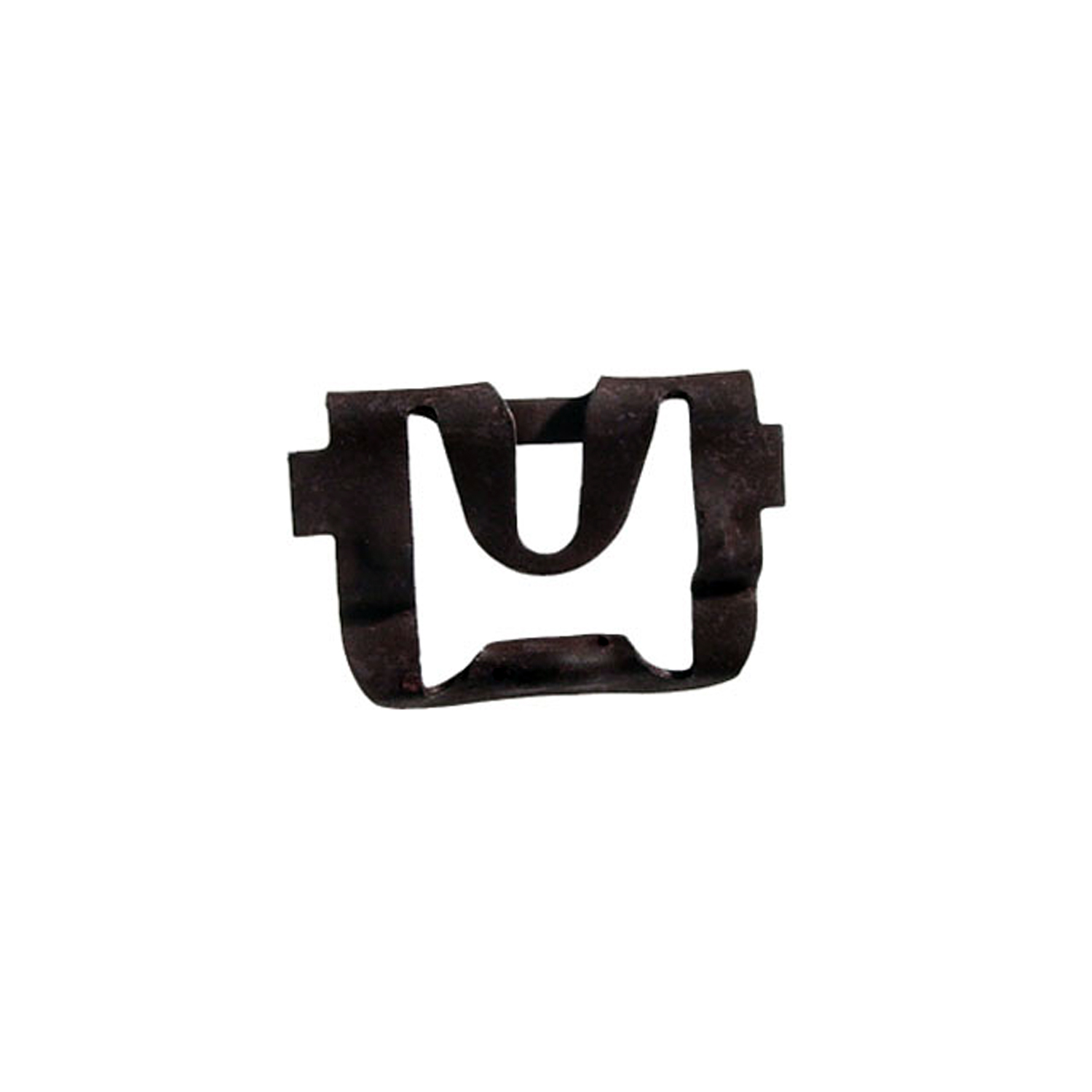 1973 Buick Centurion Rear Windshield Reveal Molding Clip. Made of steel-WF 211Rear Windshield Reveal Molding Clip. Made of steel. 15/16" X 3/4". Each
1973 Buick Centurion Rear Windshield Reveal Molding Clip. Made of steel-WF 211Rear Windshield Reveal Molding Clip. Made of steel. 15/16" X 3/4". Each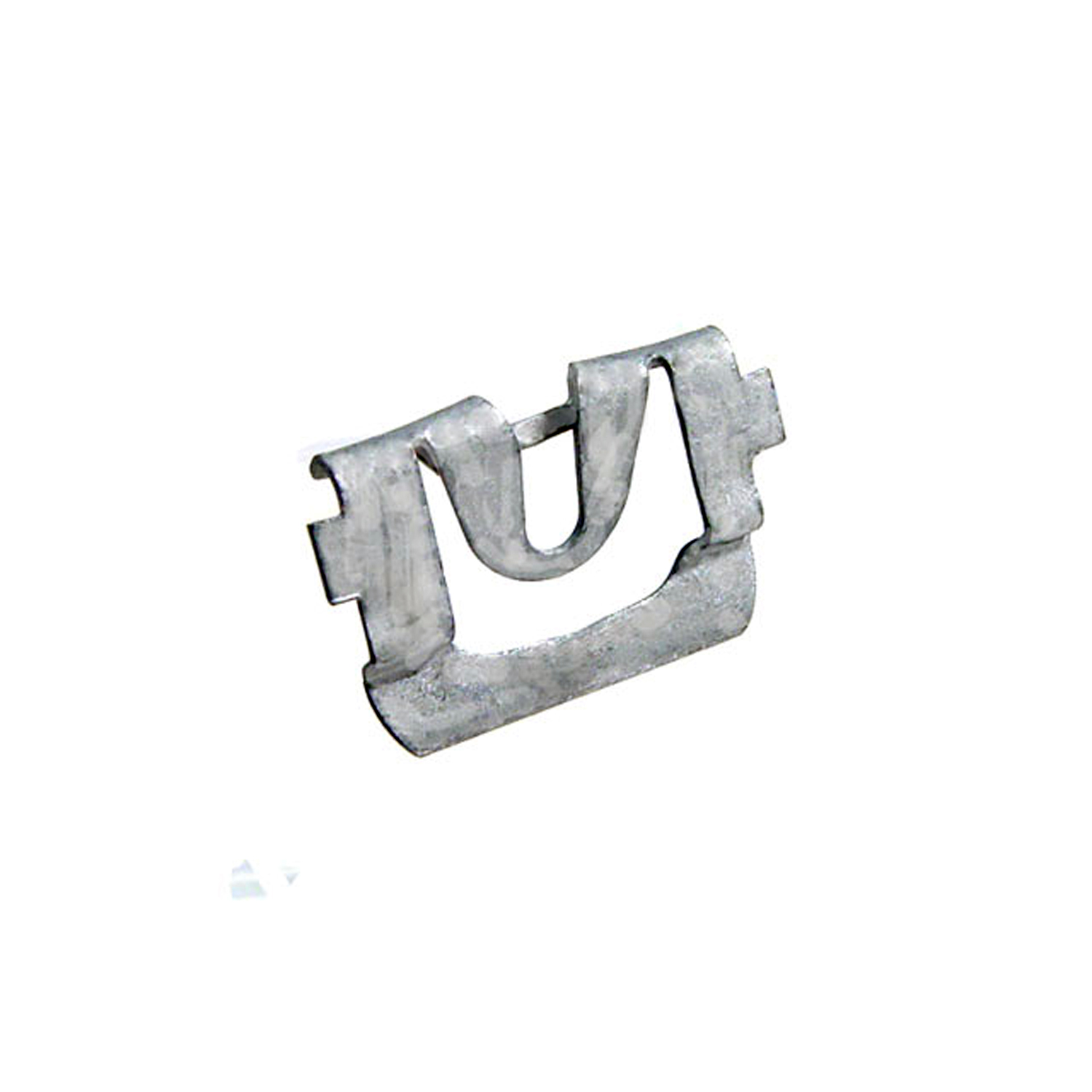 1973 Buick Centurion Windshield Reveal Molding Clip. Made of steel-WF 223Windshield Reveal Molding Clip. Made of steel. 1/1/8" X 3/4". Each
1973 Buick Centurion Windshield Reveal Molding Clip. Made of steel-WF 223Windshield Reveal Molding Clip. Made of steel. 1/1/8" X 3/4". Each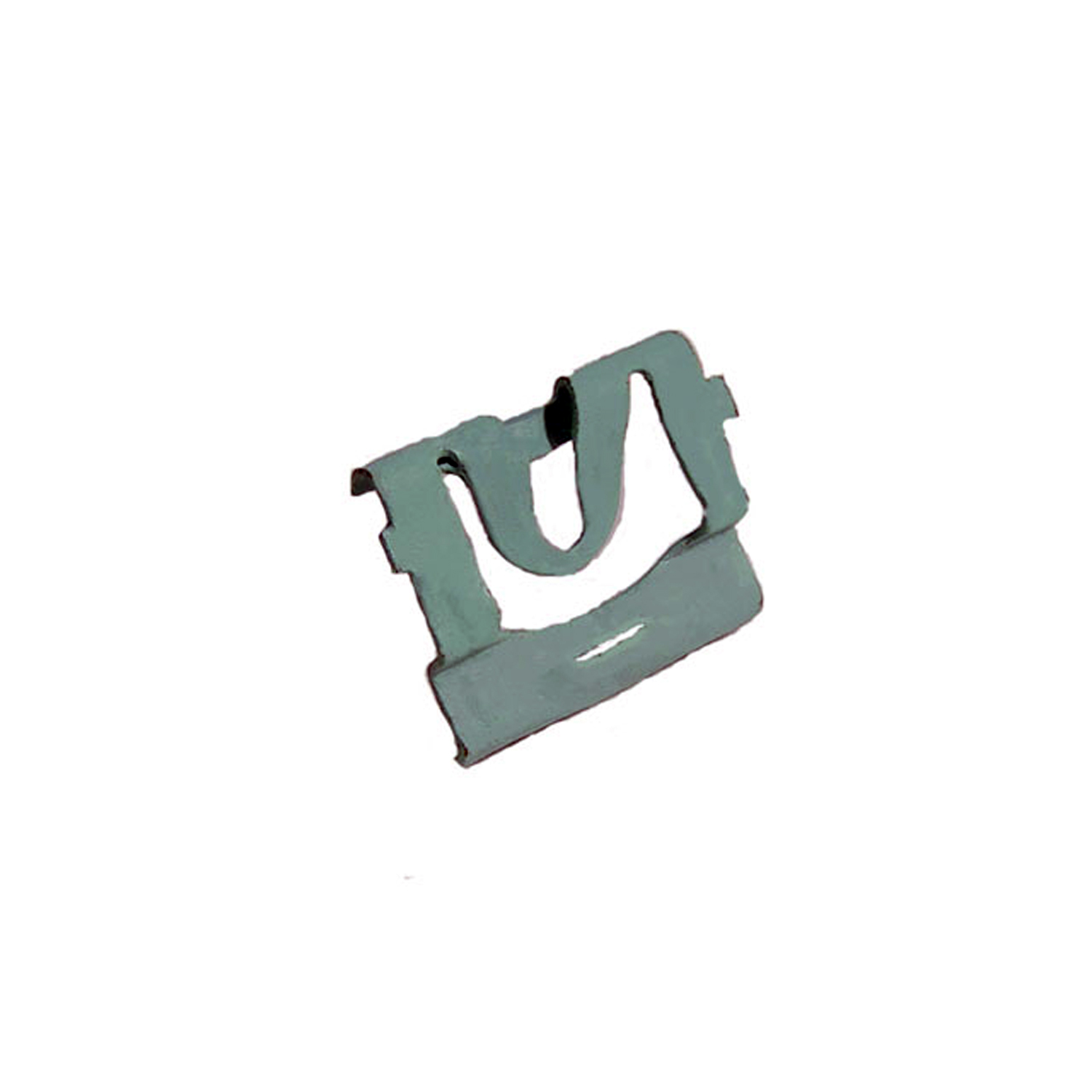 1973 Buick Centurion Windshield Reveal Molding Clip. Made of steel-WF 224Windshield Reveal Molding Clip. Made of steel. 1-1/4" X 3/4". Fits many models. Each
1973 Buick Centurion Windshield Reveal Molding Clip. Made of steel-WF 224Windshield Reveal Molding Clip. Made of steel. 1-1/4" X 3/4". Fits many models. EachWhy Choose Metro?
For over 100 years, Metro Moulded Parts has been the pinnacle of quality in classic car restoration parts. Our commitment to precision and authenticity in every component ensures a perfect fit and an OEM-level appearance.
- Expert Craftsmanship & Quality: Each part is a testament to our dedication to reliability and perfection, crafted from original designs and thoroughly tested.
- Advanced Technology: We use cutting-edge techniques to create flawless, long-lasting parts that surpass others in performance.
- SuperSoft Sponge – The Ultimate Door Seal: Not only are our door seals 30% softer than competitors', but they're also guaranteed to never leak. They effectively reduce wind and road noise, enhancing your classic car's comfort and driving experience.
- Proudly American: Our parts are a product of American craftsmanship, made in the USA with a spirit of excellence and heritage.
- Unrivaled Warranty: We back our products with a 30-year industry-leading warranty, a testament to our confidence in their quality.
Join us in preserving the legacy of classic cars with parts that are crafted for perfection, not just made.

